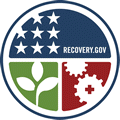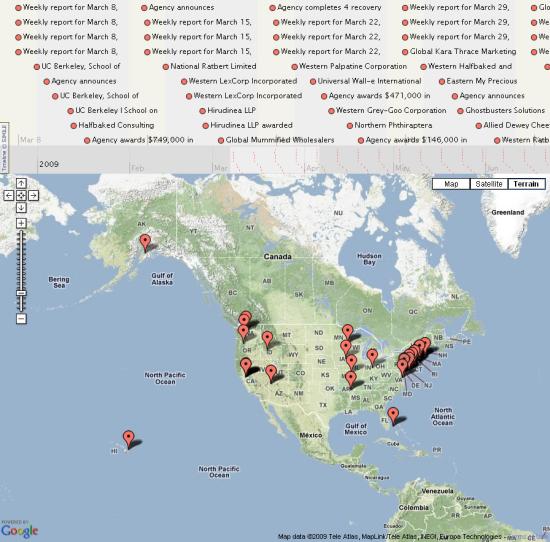Three School of Information faculty have released a new report with concrete recommendations on building web services for Recovery.gov, the U.S. government's website for tracking Recovery Act spending.
The report, "Web Services for Recovery.gov," is authored by adjunct professors Erik Wilde and Eric Kansa and I School lecturer Raymond Yee, and is a follow-up to their much-discussed earlier report "Proposed Guideline Clarifications for American Recovery and Reinvestment Act of 2009".
The authors analyze key architectural issues for publicly sharing government data, a discussion which is also relevant to other efforts at offering "open and transparent" government.
The report highlights a side of the debate that is "often overlooked," according to author Erik Wilde. "Design priorities for recovery.gov need to shift from focusing on deploying an attractive Web site toward designing web services to support reuse of data in third-party applications," argued author Raymond Yee.
While previous development efforts have often resulted in "download portals", where snapshots of data can be downloaded in separate freestanding files, the report claims that download-oriented data access is not sufficient to provide timely access to evolving data sources. Download-oriented data access fails to account for the fact that data are constantly changing. "Any data source that is frequently updated must have simple ways for synchronizing data," explains Wilde. In addition, download formats also disrupt the ways that different data sources are interrelated.
In their new report, the authors recommend specific technologies that are powerful enough to implement dynamic and machine-friendly services, but also simple enough for citizen developers to easily understand and use; they focus on widely established and supported technologies, such as XML and feeds. The report makes concrete recommendations for building web services for recovery.gov that are more sophisticated than download approaches, but still being easy to implement for both the provider and the consumer.
More information about the project is available at http://recovery.berkeley.edu. The site also offers demonstrations and prototypes based on the authors' design recommendations. Possible data visualizations include graphing, geographic displays, and time maps, all created automatically and displaying up-to-the-minute data.
"Access to data is only a first step towards achieving transparency," said author Eric Kansa. "Our work on Recovery Act reporting architectures is a step toward more systemic thinking about how to achieve end-to-end transparency."
This project is funded in part by a grant from the Sunlight Foundation, an organization dedicated to greater political transparency.











